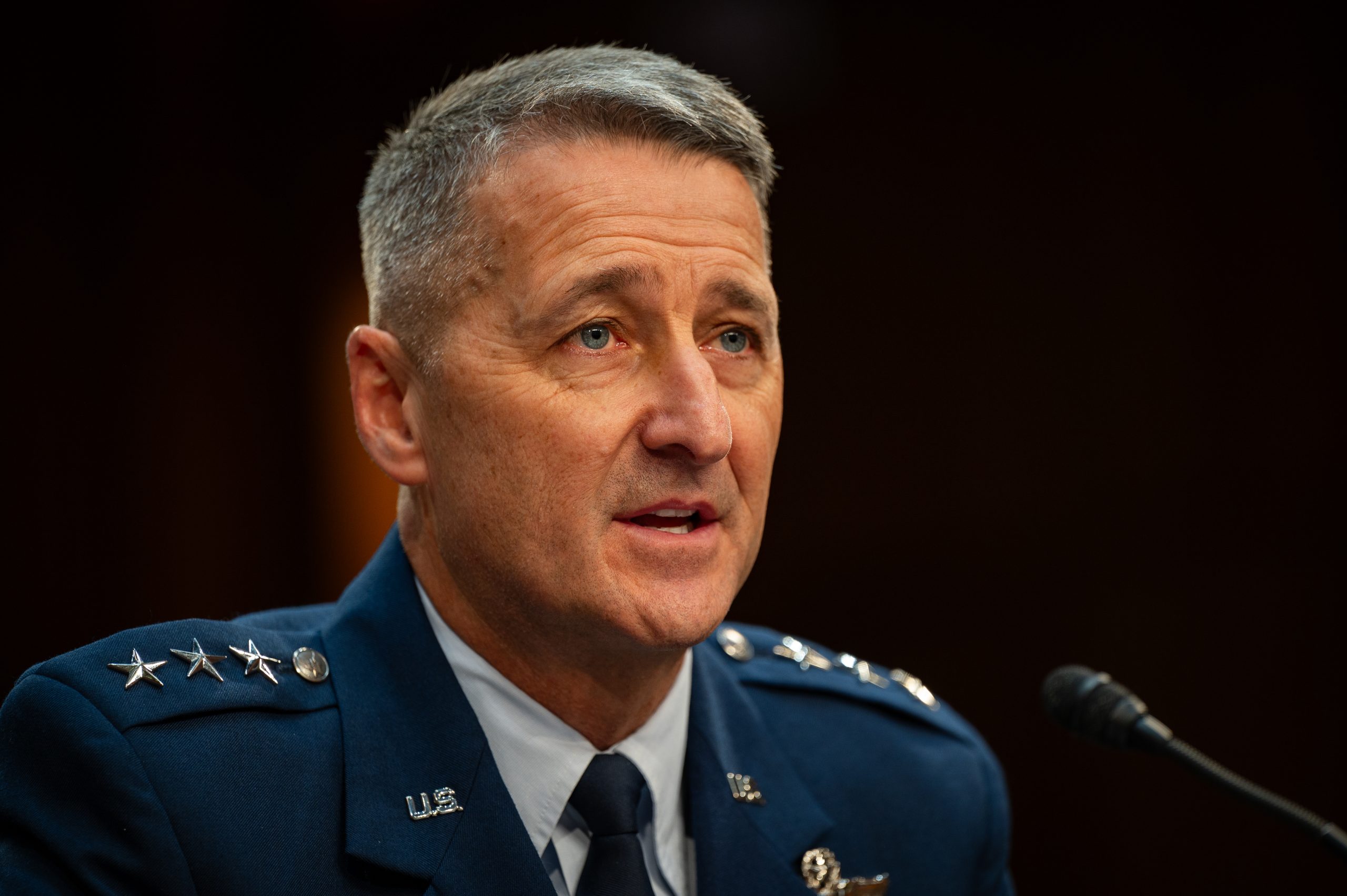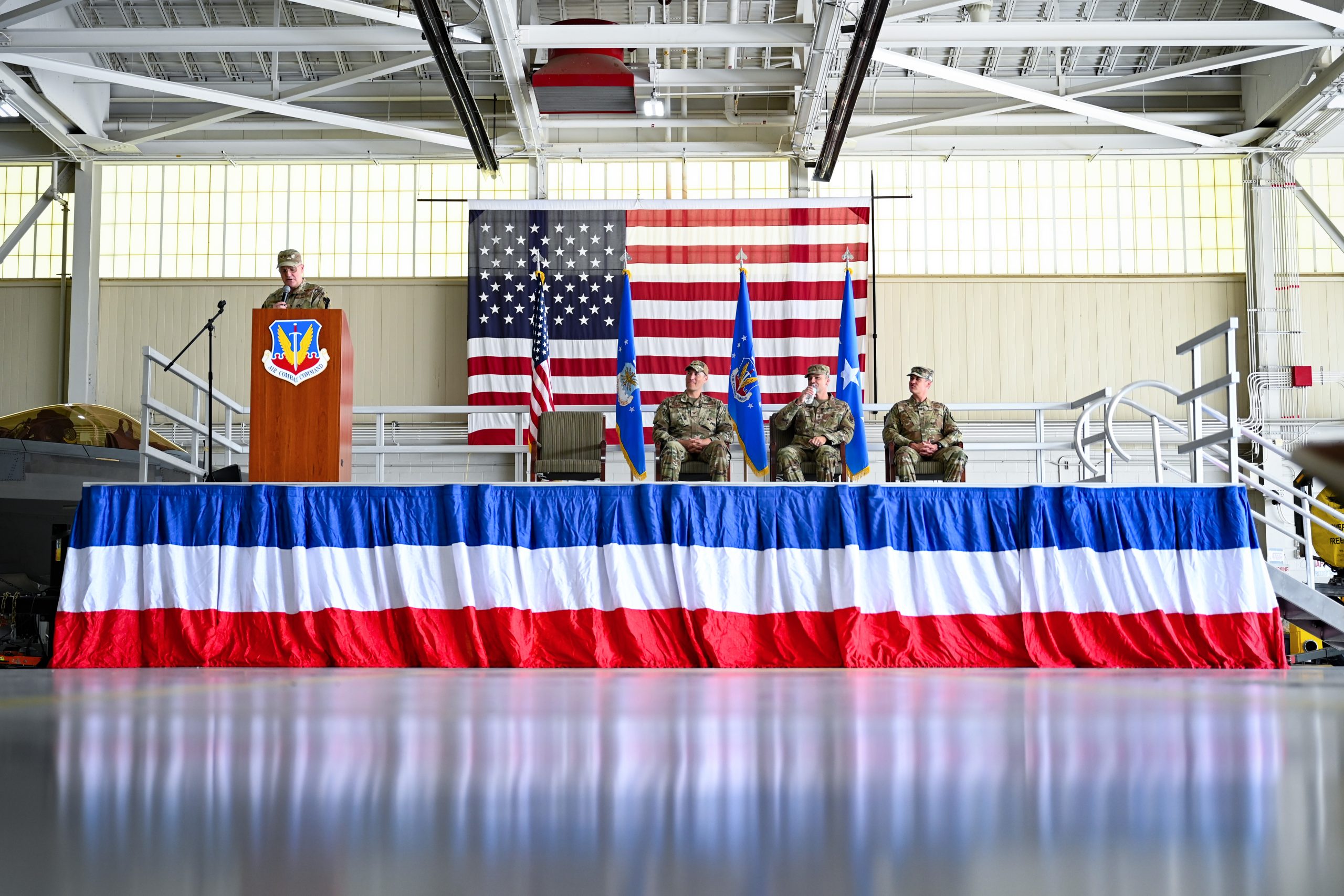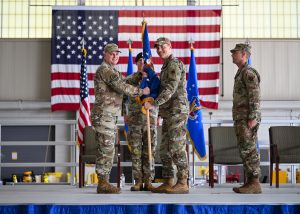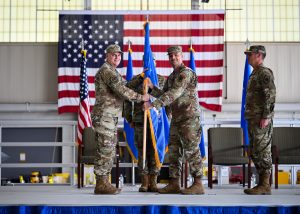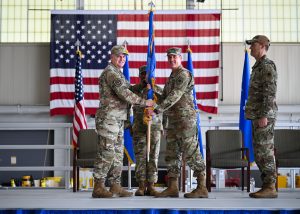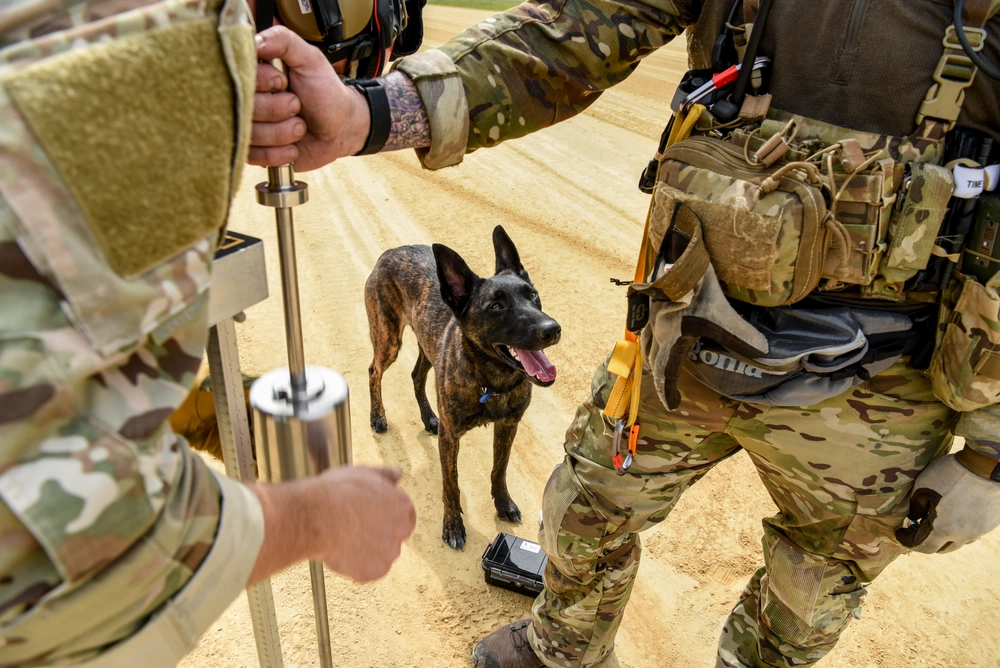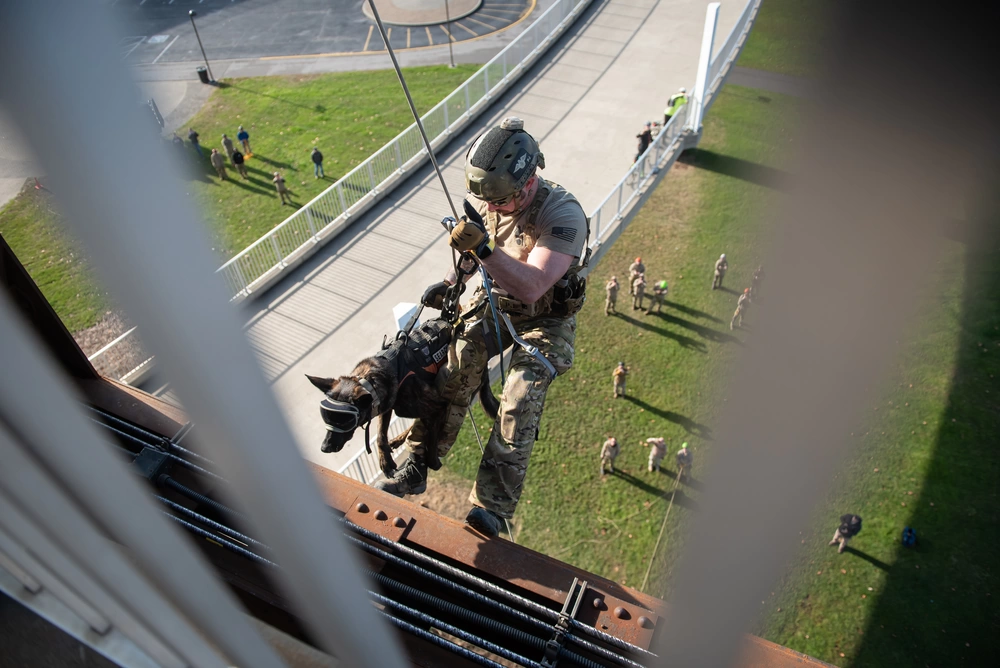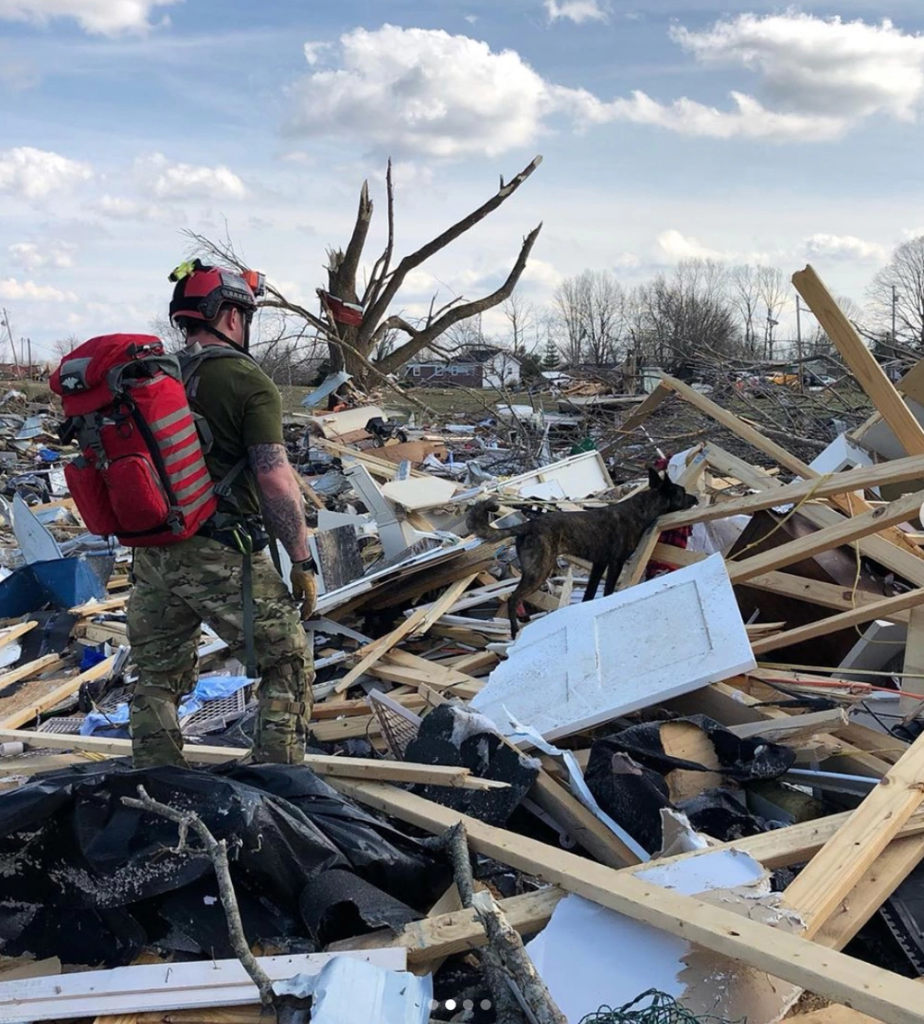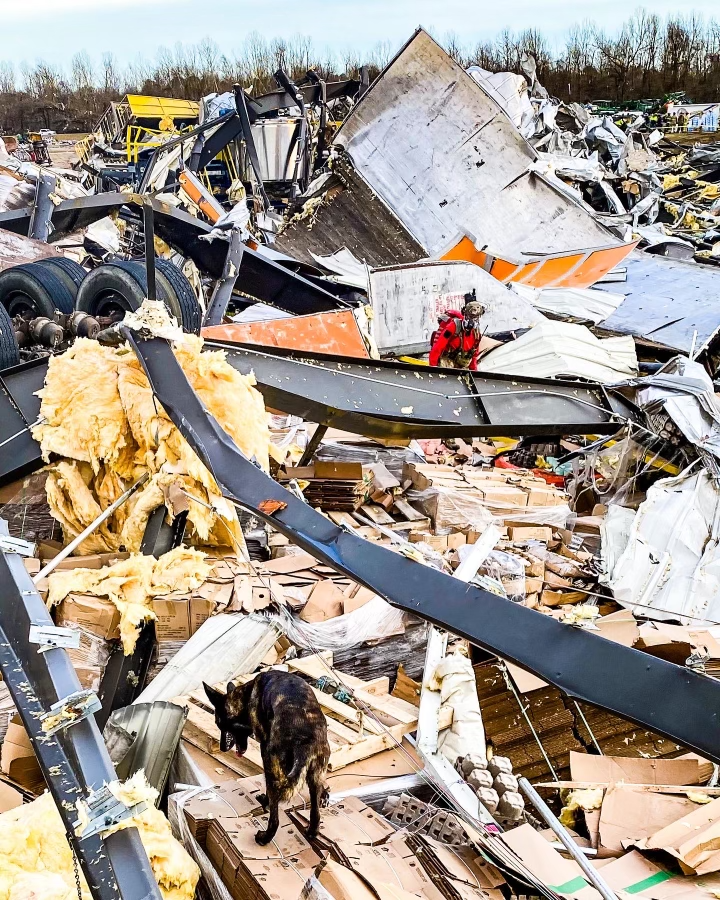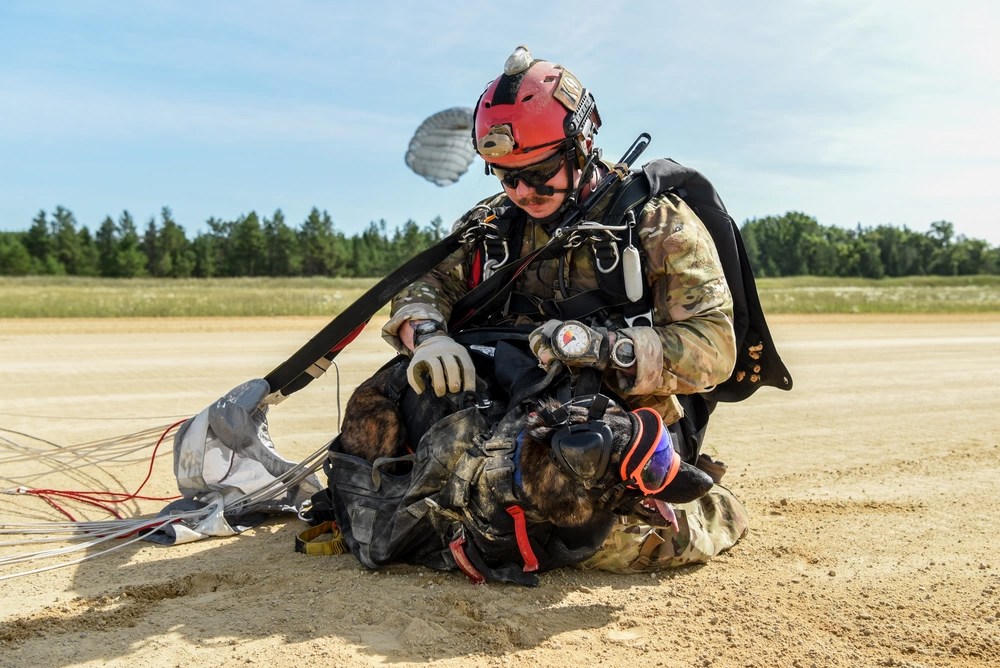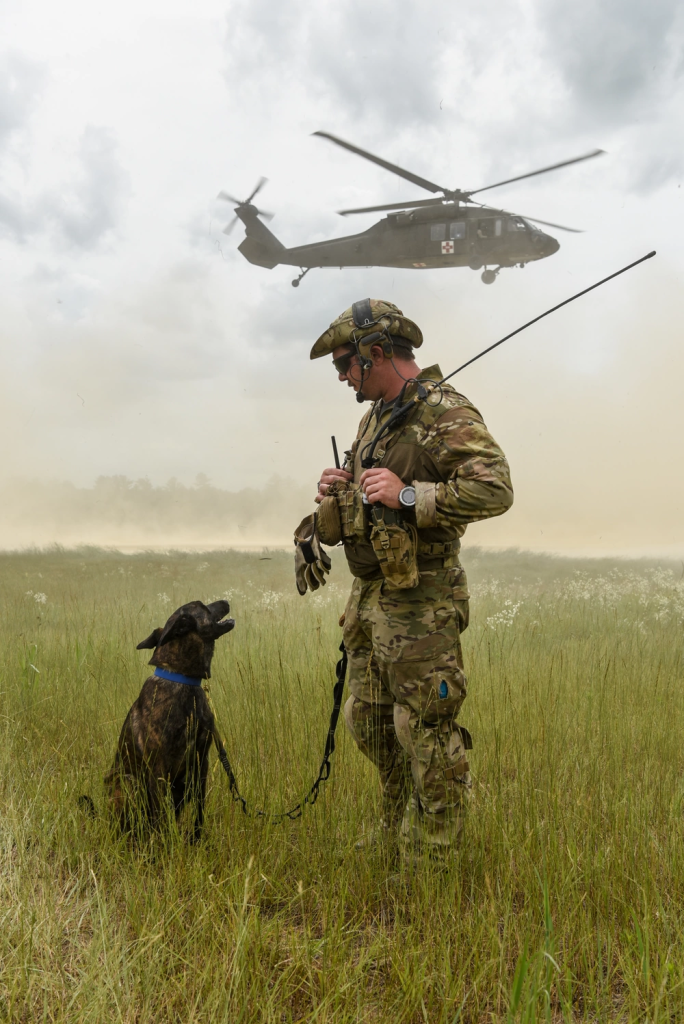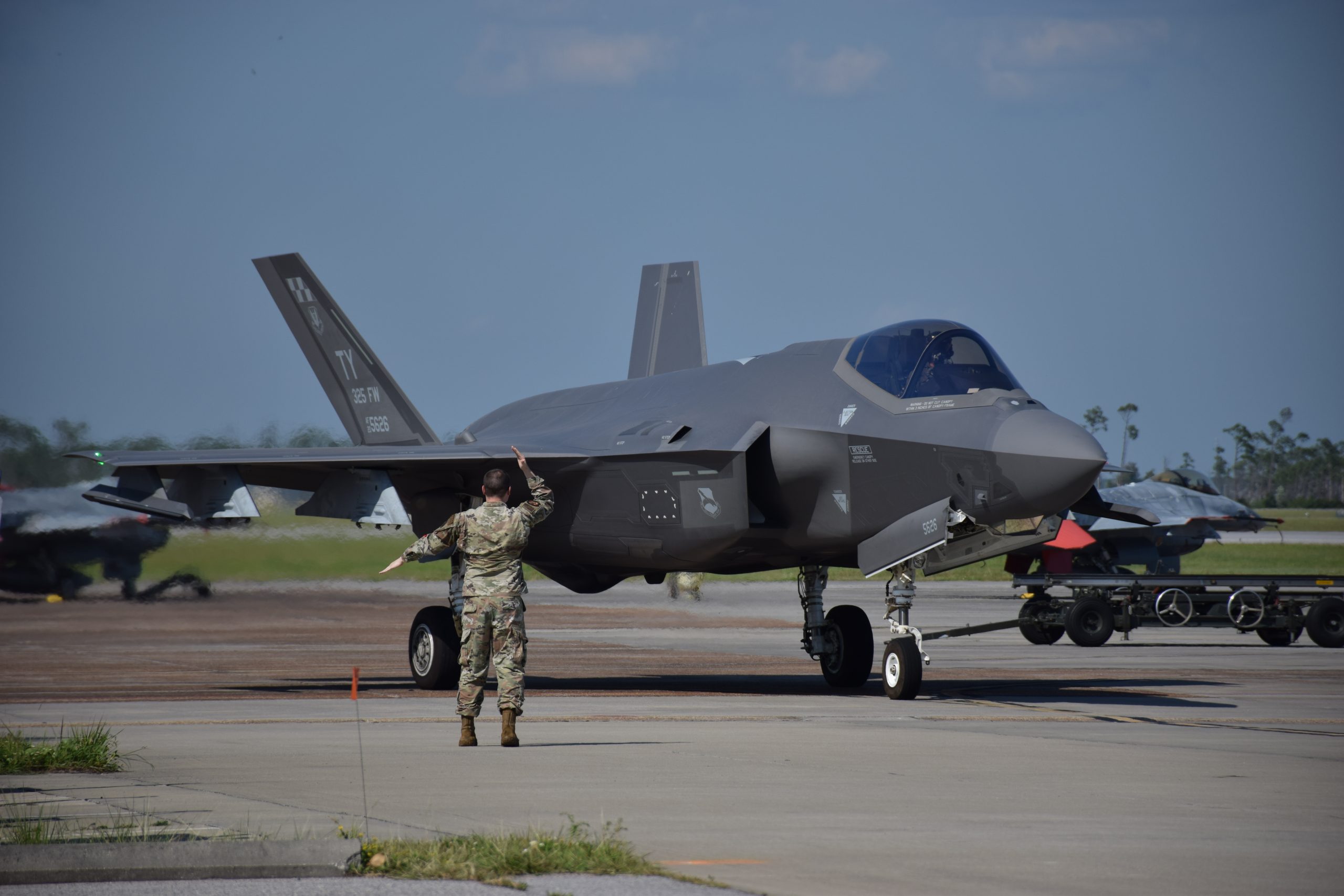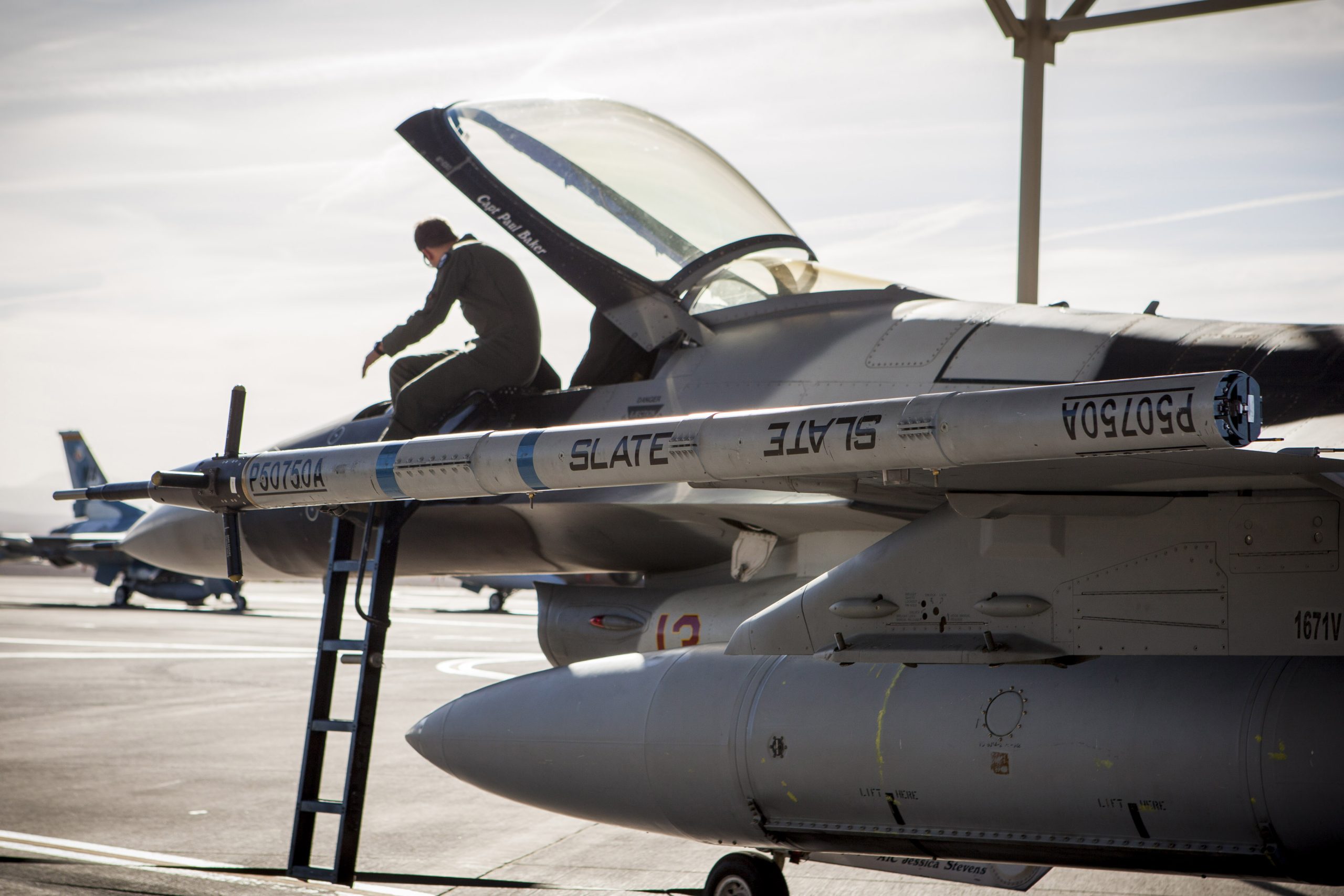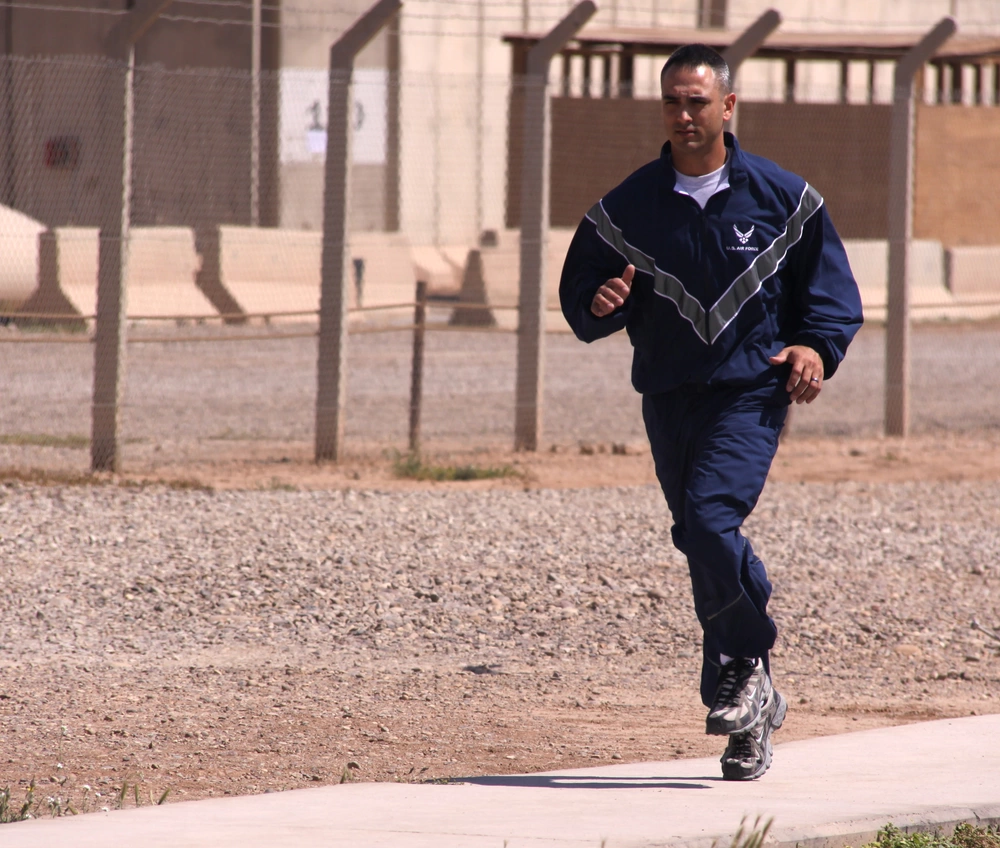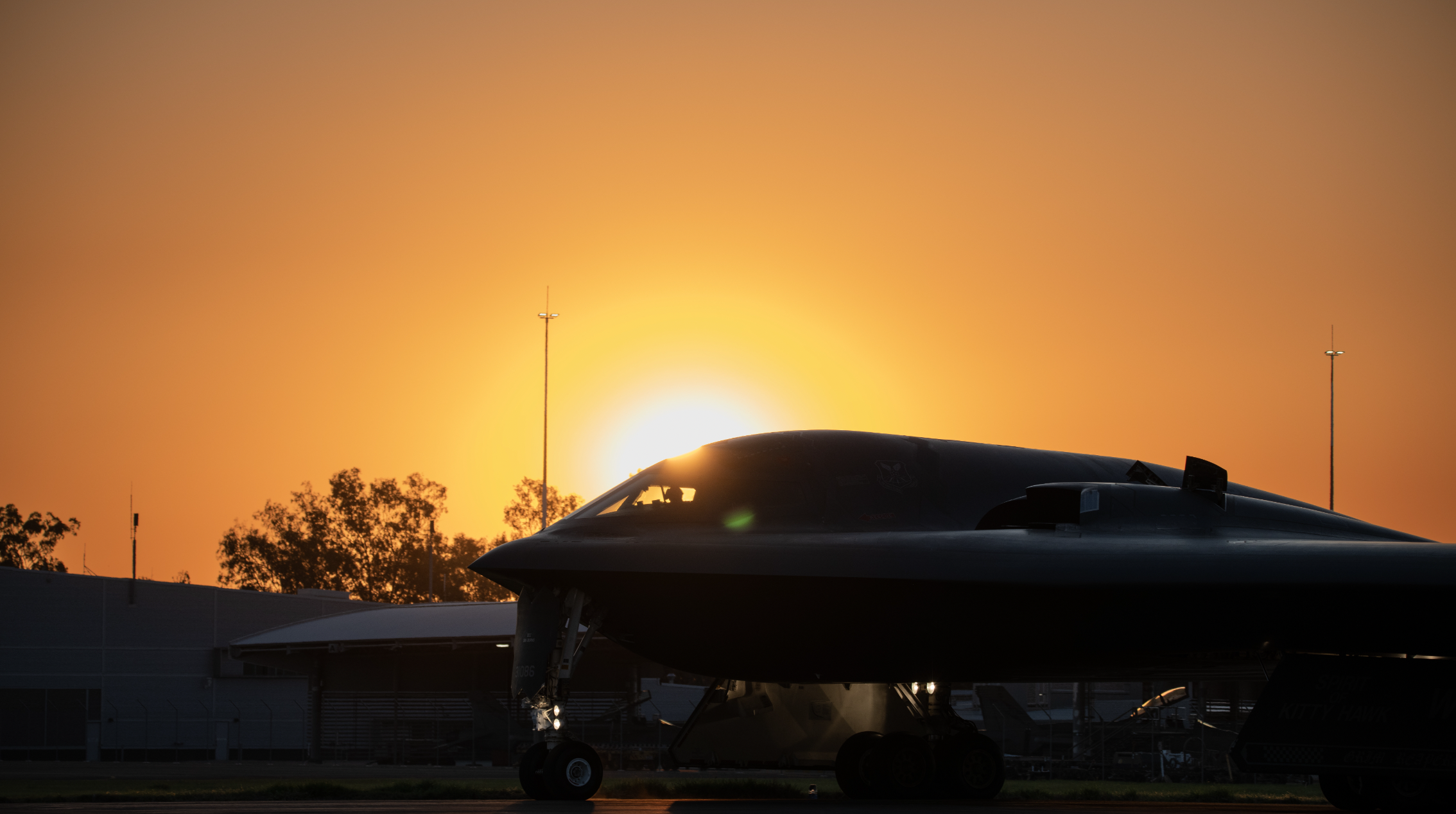The Senate on Sept. 24 quietly approved Air Force Lt. Gen. Steven S. Nordhaus to lead the National Guard, filling a vacancy on the Joint Chiefs of Staff that has persisted for nearly two months.
Nordhaus’ promotion was ushered through in a unanimous voice vote as the Senate wound down for the evening. It was not immediately clear when he will pin on a fourth star and be sworn into the job.
Nordhaus, a career fighter pilot who runs the 1st Air Force, or Air Forces Northern, and the Continental U.S. Command Region for NORAD, will take over as the top officer managing policy and resources for around 325,000 National Guard troops across the globe. He’ll become the most senior leader in Washington balancing the desires of state Guard leadership as their units are stretched thin on missions from disaster response to driving school buses.
President Joe Biden tapped Nordhaus to replace Army Gen. Daniel Hokanson on July 23, about two weeks before Hokanson retired after four years in the job. His late nomination butted up against Congress’s August recess, pushing a confirmation hearing before the Senate Armed Services Committee to Sept. 12.
Army National Guard boss Lt. Gen. Jonathan M. Stubbs has served as the acting National Guard chief in the interim.
Also confirmed this week were Air Force Lt. Gen. Randall Reed, who will lead U.S. Transportation Command; Army Lt. Gen. Ronald Clark, who will command Army forces in the Pacific; and Navy Vice Adm. Alvin Holsey, who will lead U.S. Southern Command. Each will be promoted to the rank of general or admiral.
Sen. Tommy Tuberville (R-Ala.) had blocked Clark’s promotion to become a four-star over concerns that Clark failed to alert the White House about Defense Secretary Lloyd Austin’s hospitalization in January while the nominee was serving as Austin’s senior military aide.
Still in limbo is Maj. Gen. Duke Pirak, the Air National Guard deputy director who has filled in as its top officer since Lt. Gen. Michael Loh departed in June. Pirak, a fighter pilot-turned-policy strategist, was nominated March 14 to lead the Air Guard.
Sen. Dan Sullivan (R-Alaska) said he would put Pirak’s nomination on hold until the Air National Guard agreed to exempt Alaska from planned staffing changes that would convert some full-time positions across the Air Guard to lower-paying roles with different responsibilities, the Alaska Beacon reported in August. A National Guard spokesperson confirmed Sept. 17 that the Alaska National Guard is exempt from the changes, which the Guard refers to as “full-time leveling.”
Sullivan’s office did not respond to a query from Air & Space Forces Magazine on Sept. 25 whether the senator has lifted the hold as a result of the exemption.
Congress is set to leave town until after the Nov. 5 elections, potentially further delaying Pirak’s confirmation until the end of the year.
